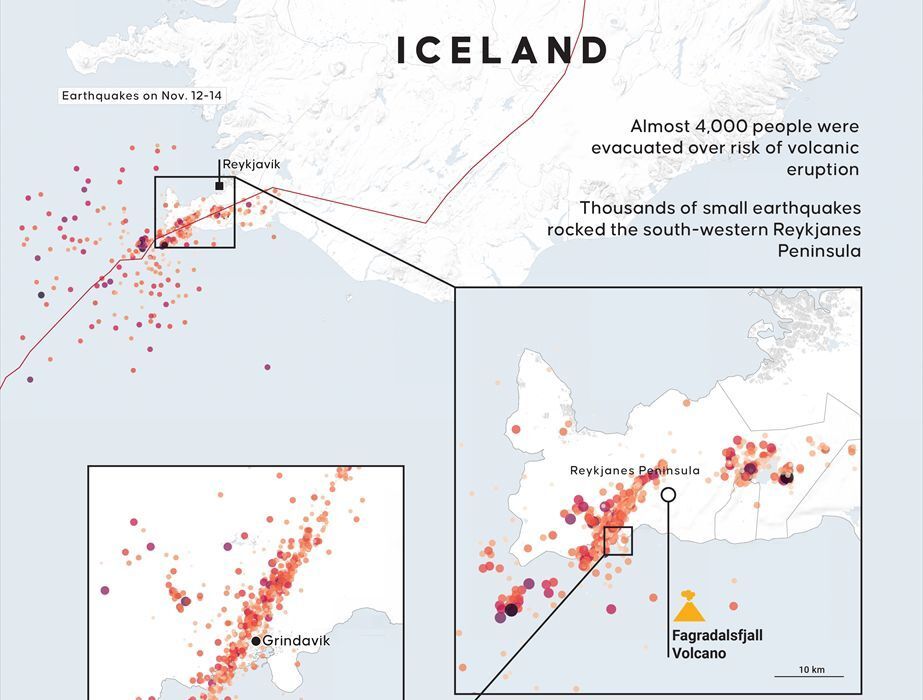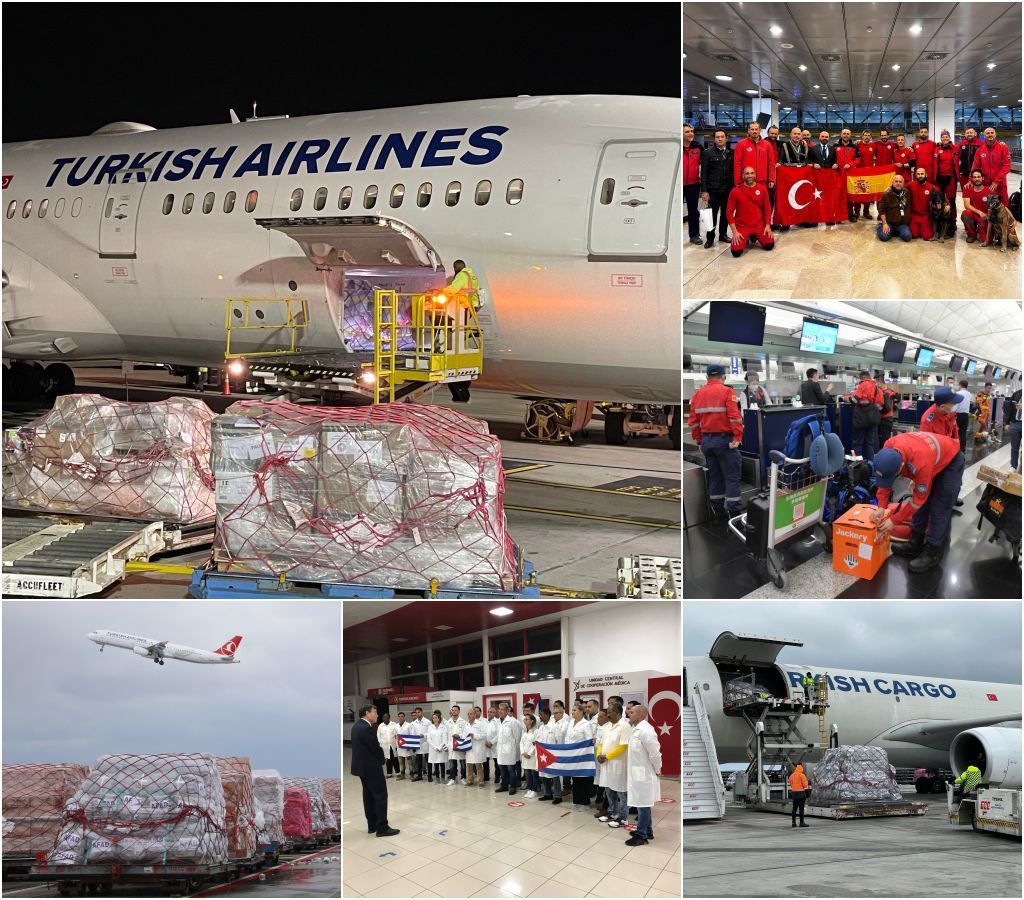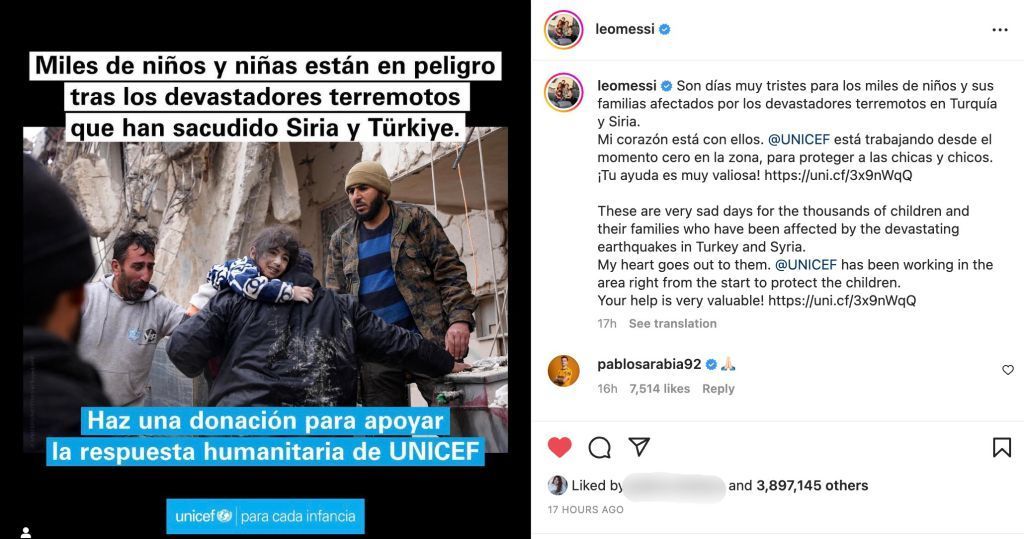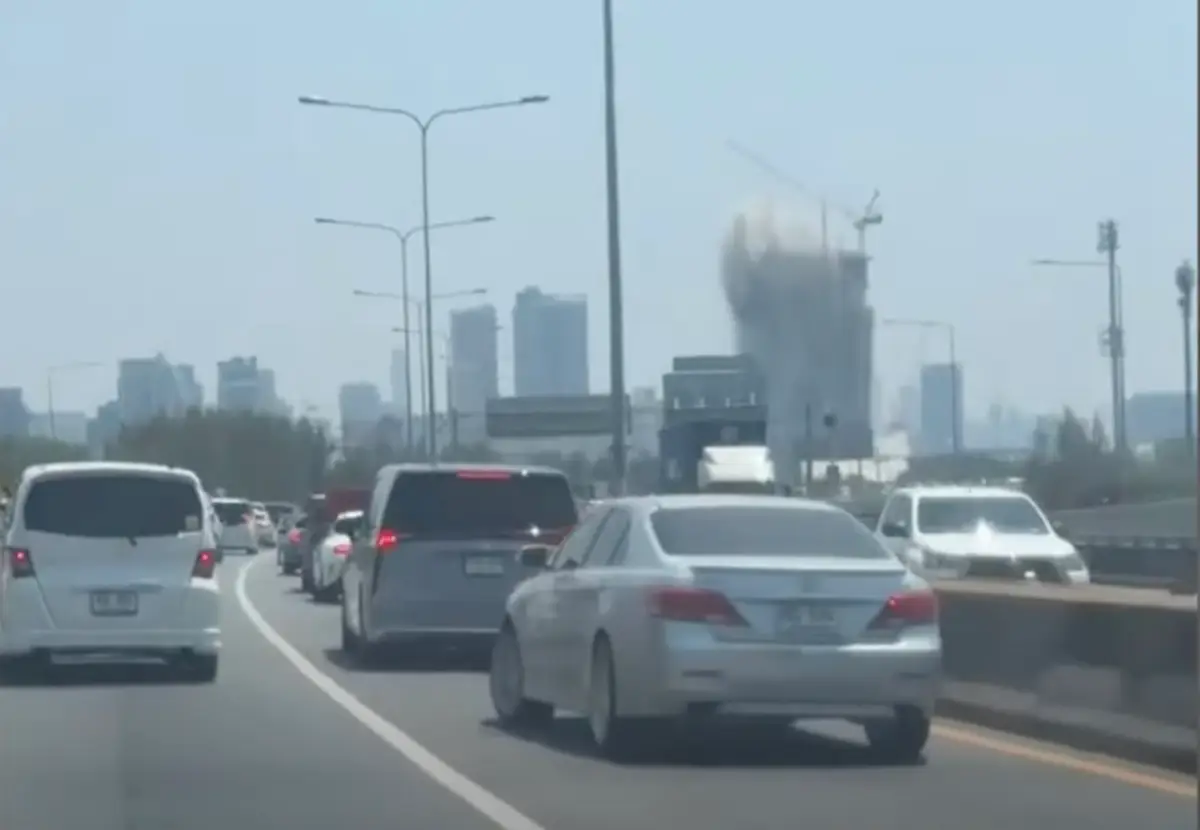Numerous countries sent search and rescue personnel to Türkiye after the two major earthquakes that, 9 hours apart, jolted Türkiye’s south on February 6, 2023.
Azerbaijan tops the list with search and rescue personnel and a total of 45 people have been saved by them as of 10 February morning.
“We are 73 members divided in four groups besides several sniffer dogs and around 15 tons of equipment for search operations,” one of the Japanese team members told Anadolu Agency.
He said all of the Japanese rescue team members are deployed in Kahramanmaras. “We are here for as long as our services are required,” he said.
Just a stone’s throw away, rescue workers from Bosnia and Herzegovina are struggling to remove the debris of a residential building.
“We are stressed after seeing the scale of the earthquake,” said Nenad Cuk, deputy director of Civil protection administration of Republika Srpska from Bosnia.
He is leading a team of 22 personnel for search and rescue.
“We sympathize with the Turkish people and nation. Türkiye helped us in the 2014 floods and it is our moral and human obligation in a way to help,” said Cuk.
Cuk said his team will be in Türkiye for “as long as we are needed.”
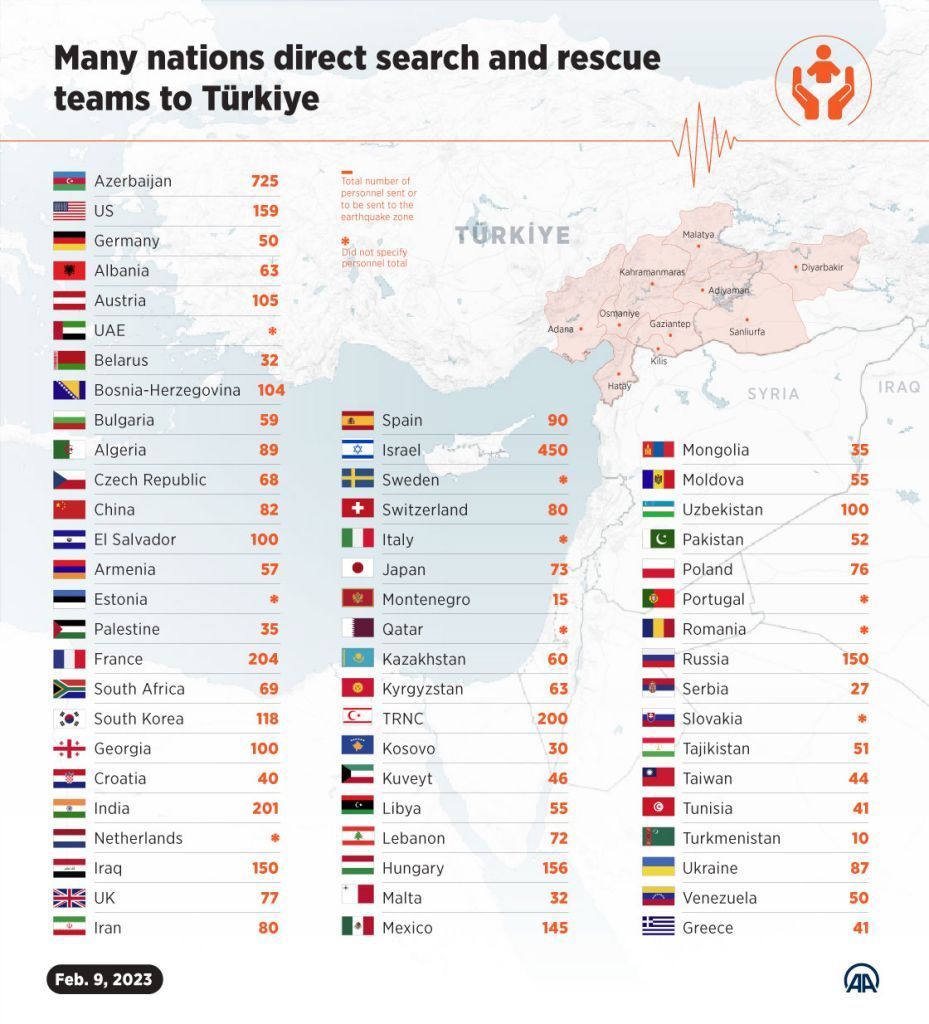
An Uzbek rescue team pulled a man alive from under the rubble of a collapsed building on Friday, in another miraculous rescue in southern Türkiye after 100 hours since powerful earthquakes hit the region.
Naim Bayasli, 32, was rescued from under the rubble of a building in Hatay province.
“There will be other large earthquakes”
“There are many things that surprise the community about this earthquake sequence. And the fact that there were two very large earthquakes just a few hours apart, in fact, has on distinct faults that are nearby, but not the same. I believe that has never been seen before for an earthquake of this magnitude,” said Sylvain Barbot, associate professor of earth sciences at the University of Southern California.
He said that the fault that caused the second earthquake “was seismically inactive for all of historical times. So, based on current knowledge, we would not predict that. We would think that it would be an inactive fault that used to be active in the distant past and cannot create earthquakes, but we were wrong.”
Barbot said that there are large numbers of faults in the area and that the first earthquake was on the East Anatolian fault, “which is the kind of geographical boundary of Anatolia to the east.”
“And this fault connects two other major faults. The one to the north is the North Anatolian fault, which ruptured in 1999, with the Izmit and Duzce earthquakes,” and one line is going to south, said Barbot, adding: “Given the circumstance, we can certainly imagine that there will be other large earthquakes and nearby faults. So, these are two possibilities for earthquake triggering to the south and to the west of the ruptures.”
Barbot said that the quakes created a movement of a few meters due to the movement of tectonic plates.
More Quakes Ahead
David Shelly, a seismologist with the United States Geological Survey (USGS), also said that Türkiye is very prone to earthquakes, as it is located in an intersection of three major tectonic plates and has many active fault lines.
“So the earthquakes that happened yesterday were very large … earthquakes of that size are relatively rare,” said Shelly.
Although they can happen, like in the 1999 earthquakes in Türkiye that happened three months apart, that latest earthquakes were closer together in time, just hours apart.
“We know that earthquakes cluster together so the second earthquake can likely be considered an aftershock of the first earthquake,” said Shelly about the second quake of magnitude 7.6, about nine hours after the first, which was magnitude 7.7.
“Seismologically, we expect aftershocks to continue for some time. So there will be more earthquakes in the days and weeks and months to come than are typical for the area,” he added.
Source: AA



